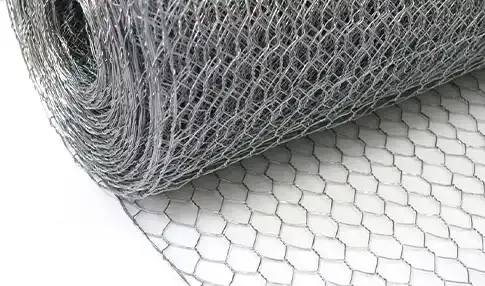Exploring the Benefits of Stucco Mesh for Durable Construction and Aesthetic Appeal
Dec . 25, 2024 10:32
Understanding Stucco Netting A Vital Component in Construction
Stucco netting, often referred to as stucco lath, plays an essential role in modern construction, particularly in the installation of stucco siding. This material serves as the foundation for a durable and aesthetically pleasing exterior finish. In this article, we will explore the significance of stucco netting, its types, installation process, and the benefits it offers for building projects.
What is Stucco Netting?
Stucco netting is a mesh material typically made from galvanized steel or fiberglass, designed to provide a strong and stable surface for stucco application. Its primary function is to support the stucco, ensuring that it adheres properly to the underlying structure. The netting creates a mechanical bond between the stucco and the wall, allowing for improved strength and longevity. It also helps to prevent cracking and shrinkage as the stucco dries.
Types of Stucco Netting
There are mainly two types of stucco netting metal lath and fiber cement lath. Metal lath is the traditional choice and is widely used due to its strength and durability. It consists of thin strips of metal that are interconnected, forming a grid-like pattern. This type of netting is favored for its ability to handle moisture and resist rust, making it ideal for various climates.
Fiber cement lath, on the other hand, is a newer option that combines the benefits of traditional lath with advanced materials. It is made from a mixture of cellulose fibers, cement, and sand, which gives it enhanced resistance to water damage, rot, and insects. This type of netting is lighter and easier to handle, making the installation process quicker.
Installation Process
The installation of stucco netting is a crucial step in the stucco application process
. It typically involves several stages1. Preparation of the Wall Surface Before applying the netting, the wall surface must be cleared of any debris, dirt, or loose materials. A moisture barrier may be installed to protect against water intrusion.
stucco netting

2. Cutting and Fitting the Netting The stucco netting is cut to fit the dimensions of the wall. Careful attention is paid to ensure that the netting covers the entire surface evenly, allowing for a seamless application of stucco.
3. Securing the Netting The netting is secured to the wall using staples, screws, or nails. It’s essential to ensure that the netting is tightly affixed, as this will directly affect the performance of the stucco.
4. Applying the Stucco Once the netting is in place, multiple coats of stucco can be applied. The first coat, known as the scratch coat, provides a rough surface for the subsequent layers to adhere to. Additional coats are applied until the desired thickness and finish are achieved.
Benefits of Stucco Netting
Stucco netting offers several benefits that make it a popular choice for builders and homeowners alike.
- Structural Support The primary function of stucco netting is to provide a stable and secure base for the stucco, reducing the risk of cracking and enhancing durability.
- Moisture Management Properly installed netting helps manage moisture, allowing water to escape while preventing it from penetrating the wall structure. This is crucial for maintaining the integrity of the building.
- Aesthetic Flexibility Stucco can be finished in various textures and colors, allowing homeowners to customize their exterior look. The right stucco netting serves as a perfect canvas for creative design.
In conclusion, stucco netting is an indispensable element in the construction of stucco exteriors. Its strength, versatility, and ability to enhance the longevity of stucco applications make it a critical component that cannot be overlooked. Whether you are a homeowner considering a renovation or a builder looking to achieve high-quality finishes, understanding and utilizing stucco netting is essential for any successful project.




















